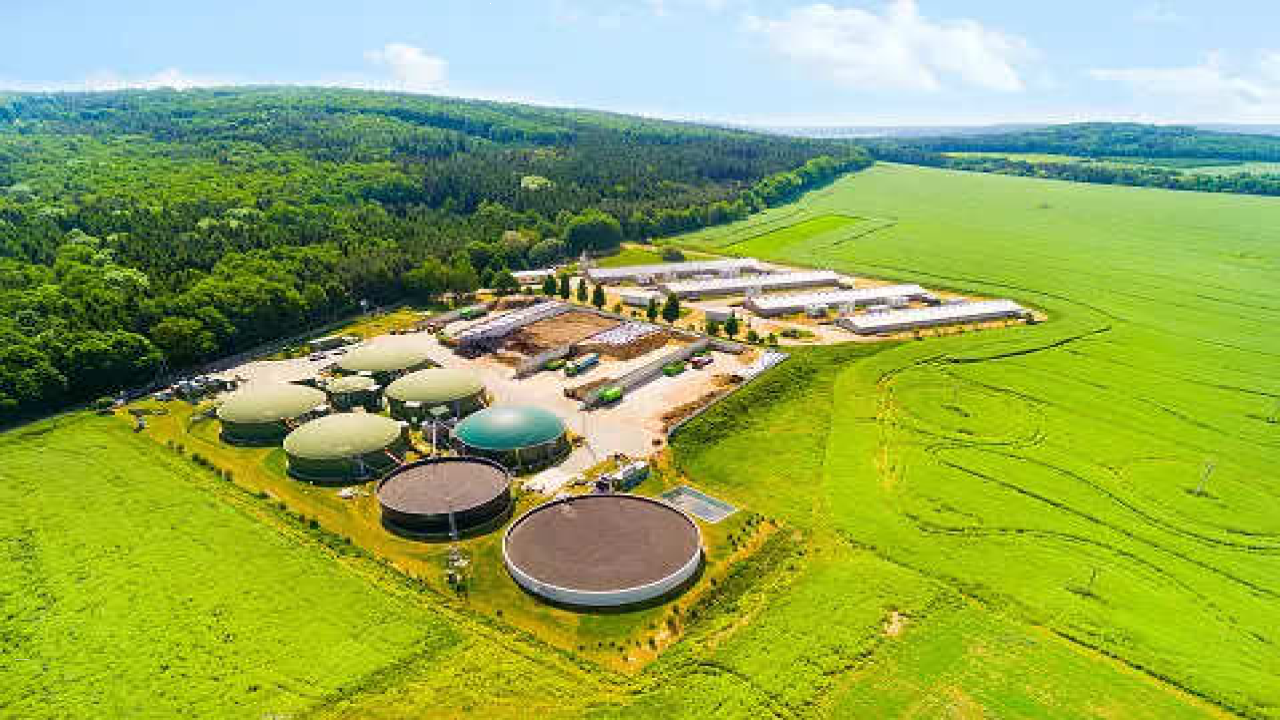The Green Shift: The Low Carbon Transition of India’s Oil and Gas Sector
In a recent report released by the Energy Transition Advisory Committee (ETAC), titled “The Green Shift: The Low Carbon Transition of India’s Oil and Gas Sector,” the Ministry of Petroleum and Natural Gas (MoP&NG) emphasized the need for India’s energy transition and highlighted various pathways to achieve a low-carbon future. One promising solution highlighted in the report is the use of Compressed Biogas (CBG) as an alternative to imported fossil natural gas.
CBG as an Alternative to Natural Gas
The production of CBG from various waste and biomass sources offers a nearly net-zero emission fuel that can enhance energy security. By undergoing anaerobic decomposition, sources such as agricultural waste, distillery spent wash, and organic fraction of municipal solid waste can be transformed into biogas, primarily composed of methane. This biogas is then purified and compressed to high pressure, resulting in CBG.
The Current State of CBG in India
While CBG production has gained momentum globally, with European and North American markets leading the way, India is still in the early stages of implementation. As of March 2023, only 46 out of the planned 5,000 CBG plants have been commissioned under the Sustainable Alternative Towards Affordable Transportation (SATAT) scheme. However, the Union government has set ambitious goals to increase the proportion of gas in the energy mix to 15% by 2030, positioning CBG as a crucial domestic energy source.
Challenges and Recommendations
A significant obstacle in the establishment of CBG plants is the absence of a dependable and consistent feedstock supply, which makes projects financially unsustainable. To tackle this issue, the report proposes that the Ministry of Agriculture assumes the responsibility of biomass management, with support from policies implemented at the state level. State governments can also play a role by offering subsidies and incentives to enhance feasibility and support equipment procurement.
Market Development and Potential Revenue Streams
To promote the utilization of CBG, market development assistance can be provided by the Department of Fertilizers, setting a price for the sale of fermented organic manure (FOM) produced alongside CBG. Additionally, establishing a national brand and certification system can promote organic and natural food produced using FOM. This would create additional revenue streams and encourage the adoption of CBG technology.
Financial Incentives and Research & Development
To attract private investment, financial incentives such as improved access to credit, accelerated depreciation, long-term land leases, and tax holidays can be implemented. Furthermore, a coordinated institutional framework is needed to facilitate research and development in the CBG sector. This framework should leverage domestic R&D institutions and involve technical universities in the creation of model CBG plants to drive innovation and provide valuable guidance.
Month: Current Affairs - May, 2023
Category: Reports & Indexes Current Affairs


